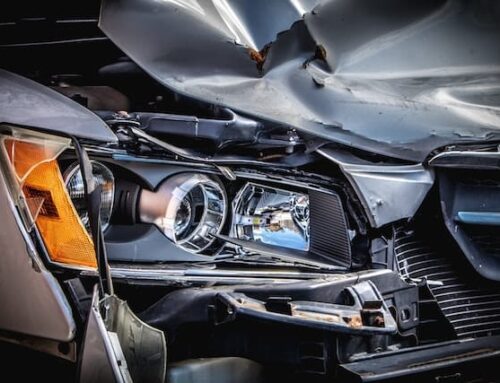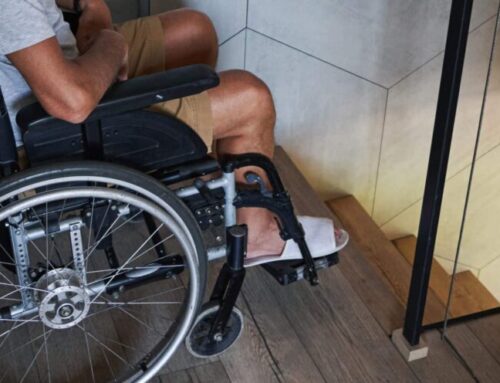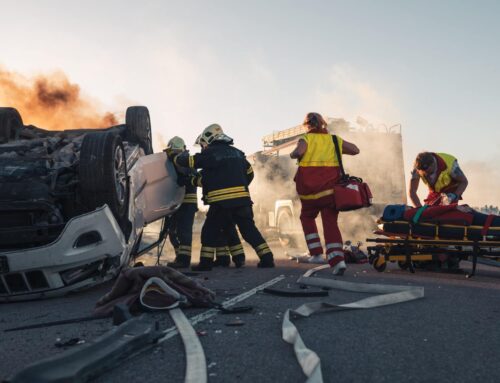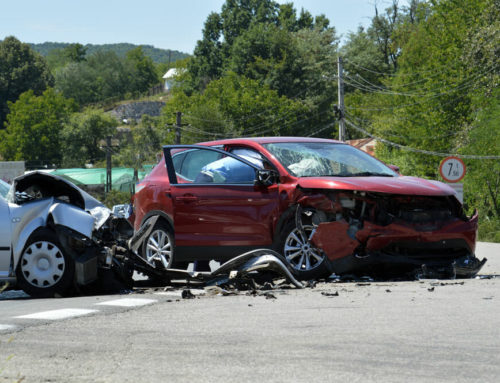Our office recently concluded a complex trial that was able to be settled after the jury empowered in the case heard three days of testimony. Our client was the Estate of a man killed in an industrial explosion here in Beaver County.
Our client was working at the facility on July 22, 2010, when the explosion occurred. Evidence showed that the defendant corporation had rebuilt one of the refinery columns 12 days earlier. The plaintiff’s engineer opined that the defendant negligently left foreign material, in the nature of excessive refractory mortar, inside the column. The plaintiff contended that the refractory mortar clogged the flow of molten zinc during operations.
After 12 days of operation, the plaintiff claimed that the zinc flow began to back up into the super-heated column. The pressure caused by that back-up resulted in a massive explosion that took the lives of both decedents, according to the plaintiff’s claims. The plaintiffs contended that their position was supported by post-explosion photographs, indicating the presence of loose and excessive mortar inside the column. The plaintiff’s forensic pathologist opined that the decedents experienced conscious pain and suffering in the nature of total body burns and smoke inhalation before they perished. The defense agreed that a back-up of zinc into the column led to the explosion. However, the defendant maintained that the rebuild of the refinery column was performed in accordance with industry standards, and that there was no conclusive evidence that excessive mortar caused the back-up of the zinc into the column.
The defense also argued that the decedents died instantaneously in the explosion, and would not have experienced any conscious pain and suffering.
As you can see from the above summary, this was a complicated case and required substantial effort on the part of the jury to fully understand the issues in the case. It was apparent that during the three days of testimony that the jury was keenly aware of what occurred and their attentiveness and devotion to understanding the case, we believe, enabled the case to be settled during the trial. But for this jury’s undaunting focus on the evidence as it was presented, the outcome of this case may have been far less certain.






















